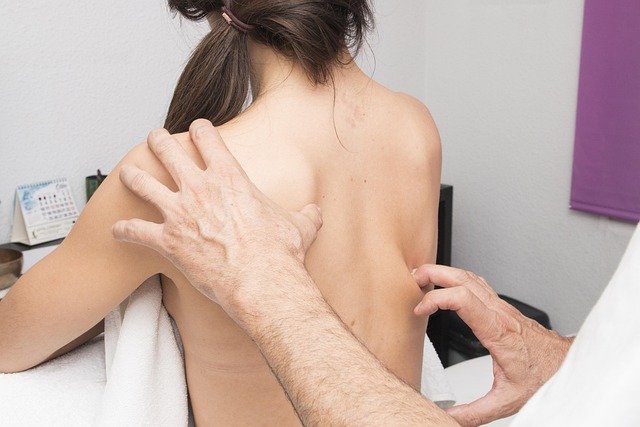TENS Massager: Practical Guide for Use and Safety
Transcutaneous Electrical Nerve Stimulation (TENS) devices are compact tools that deliver mild electrical pulses through skin electrodes to help manage pain. They are increasingly used at home and in clinics for short-term relief of musculoskeletal discomfort. This article explains how TENS units work, how they relate to other therapies, and what seniors and healthcare providers should consider when using a portable device.

This article is for informational purposes only and should not be considered medical advice. Please consult a qualified healthcare professional for personalized guidance and treatment.
How can TENS help seniors with pain management?
TENS can offer non-pharmacologic, short-term relief for some types of pain common in older adults, including chronic joint discomfort and postoperative soreness. Because it does not involve systemic medication, TENS may be attractive for seniors who already take multiple drugs. Practical considerations include skin integrity (thin or fragile skin may be more prone to irritation from electrodes) and sensory changes that can make it hard to judge intensity. Caregivers or clinicians should supervise initial sessions, ensure proper electrode placement, and choose units with simple controls and clear display features.
How does TENS fit into broader healthcare and rehabilitation?
In healthcare settings, TENS is often used as an adjunct to physical therapy, exercise programs, and other conservative treatments. Physical therapists may integrate TENS into a multimodal plan to address pain that limits activity, enabling improved participation in rehabilitation. Evidence for long-term benefit varies by condition; some studies report temporary symptom relief while others find limited sustained effects. Because outcomes depend on diagnosis, intensity, and treatment duration, clinicians should individualize use and monitor effectiveness, documenting any changes in function or pain levels.
Are portable TENS units effective and easy to use?
Portable TENS units are battery-powered, lightweight, and designed for home use, offering adjustable pulse rate and intensity settings. Their portability lets users apply therapy while sitting or resting, and many models include preset programs for common issues. Ease of use matters: look for clear instructions, straightforward electrode placement diagrams, and tactile controls that are manageable for those with limited dexterity. Safety features such as automatic shutoff timers and lockable settings can help prevent accidental overuse. While portability increases access, effectiveness still depends on appropriate settings and consistent, correct use.
How does TENS compare to conventional massage therapy?
TENS and hands-on massage target pain through different mechanisms. TENS stimulates nerve fibers to modulate pain signals and may trigger endogenous pain-control pathways, whereas manual massage focuses on soft tissues, improving circulation, reducing muscle tension, and promoting relaxation. Massage can address structural tightness and mobility, while TENS is more specifically directed at altering pain perception. Many people find these therapies complementary: TENS can provide quick symptomatic relief, and massage can address mechanical contributors to discomfort. Selection should reflect the person’s goals, tolerance, and contraindications.
How is a TENS unit different from a massage gun?
A massage gun delivers percussive mechanical force to muscle tissues, providing deep tissue stimulation and increasing local blood flow. It targets muscle fibers and fascia directly and can feel intense. A TENS unit, by contrast, delivers electrical pulses through the skin to influence nerve signaling rather than mechanically manipulating tissue. For some conditions, percussive therapy may help with muscle recovery and tightness, while TENS may reduce the sensation of pain. Both devices require user education: massage guns can be too aggressive for fragile or sensitive skin, and TENS should be avoided over certain implants or medical devices.
Conclusion
TENS massagers are a portable, noninvasive option that can play a role in pain management strategies for a wide range of users, including seniors and those engaged in healthcare or rehabilitation programs. They are distinct from manual massage and percussive massage guns in mechanism and application, and can be complementary when used appropriately. Safety, correct electrode placement, device simplicity, and consultation with a healthcare professional are key to effective use. Individual responses vary, so monitoring outcomes and adjusting treatment plans are important steps for anyone considering a TENS unit.






